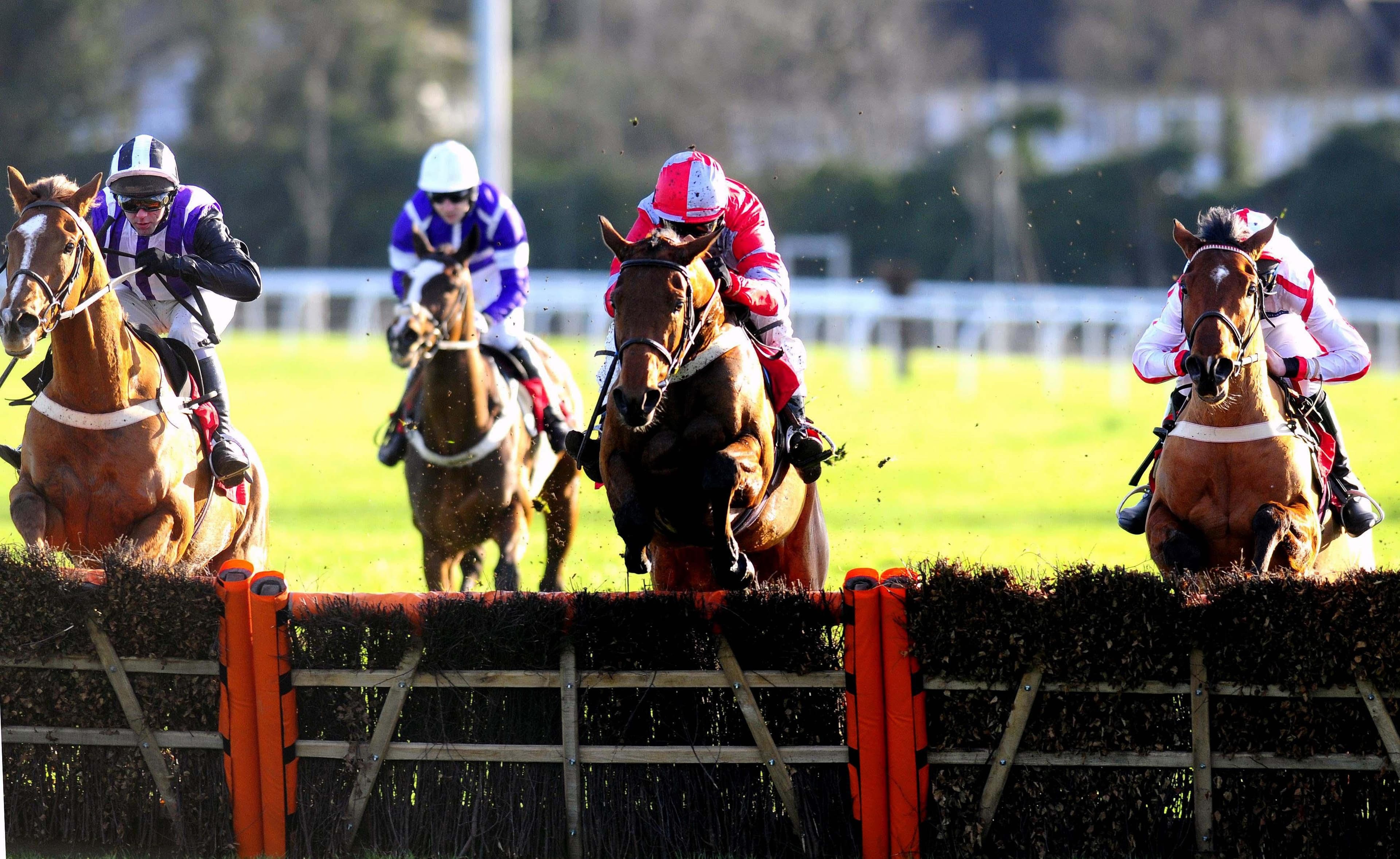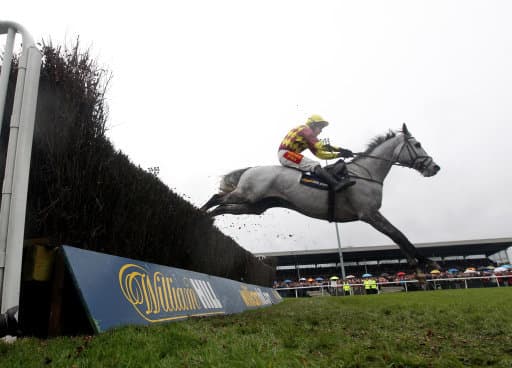Starting with the FLAT, we have Group One, Two and Three races. These are the top-level events – for example the equivalent to the Premier League in Football.
Group One races are the highest class of race run in the UK, including the Classics such as the 1,000 Guineas, the 2,000 Guineas, the Derby, the Oaks and the St Leger.
All horses carry the same weight in these top-class races regardless of their official rating. This is to determine who really is the best horse in the race.
There are sometimes some small weight differences – for example the Prix de L’Arc de Triomphe in France, 3yo’s competing against older horses and fillies against colts are usually rewarded with a claim.
We also have Listed races, which are contested by horses just below Group class. These can be either handicap or non-handicap events. Usually, some horses who regularly run at group level, make their seasonal reappearance in a Listed event.
Handicaps are the races where the weight carried is determined by the official rating of the horse. Handicaps are grouped into classes, with class one being for the highest rated and class seven for the lowest.
These are designed for the horses that are not deemed good enough to compete at group level, but some can 'rise up the classes' in the ladder.
Class 1 - Listed Handicaps for horses rated 96-110+.
Class 2 - The ratings bands for this class are 86-100, 91-105 and 96-110.
Class 3 - The ratings bands for this class are 76-90 and 81-95
Class 4 - For horses rated 66-80 and 71-85
Class 5 - For horses rated 56-70 and 61-75
Class 6 - For horses rated 46-60 and 51-65.
Class 7 - Generally these are classified stakes races for horses rated 0-45.
We have multiple other forms of racing. A maiden is usually where the majority of horses start their racing careers.
Maidens are races for horses who have never won a race and are predominantly races for two-year-olds. Any horse who wins a maiden is automatically given a rating making them eligible for handicaps.
For those runners who don’t manage to win, three maiden runs are required before a rating is assigned.
A nursery is a handicap for just two-year-olds.
There are also novices, maiden handicaps and claiming stakes, with races also inclusive to Amateurs and Ladies.




